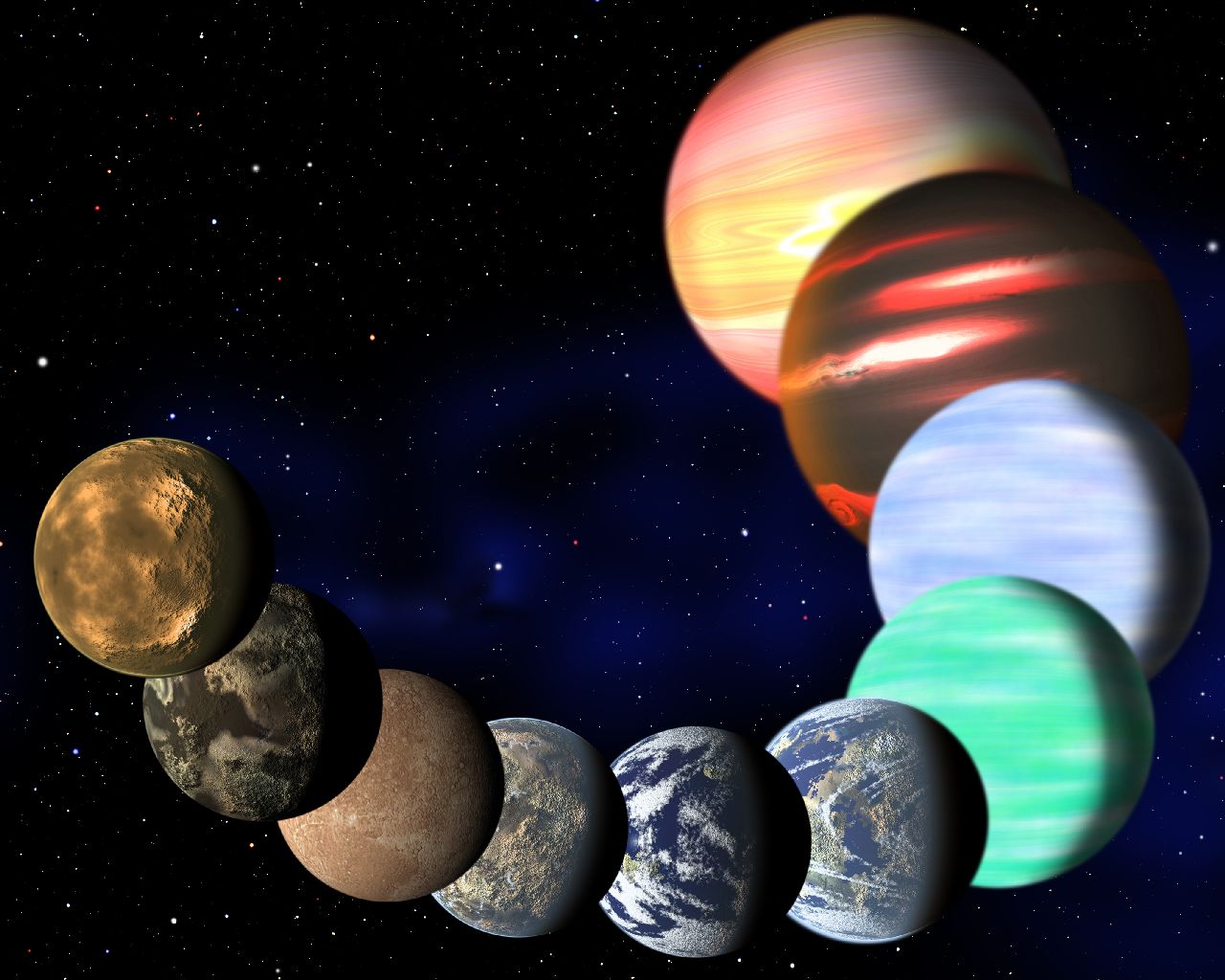Image List
-

This artist's illustration represents the variety of planets being detected by NASA's Kepler spacecraft. A new analysis has determined the frequencies of planets of all sizes, from Earths up to gas giants. Key findings include the fact that one in six stars hosts an Earth-sized planet in an orbit of 85 days or less, and that almost all sun-like stars have a planetary system of some sort. (Hat tip to Robert Hurt for inspiring this illustration.)
C. Pulliam & D. Aguilar (CfA) -

A new analysis examined the frequencies of planets of different sizes based on findings from NASA's Kepler spacecraft, correcting for both incompleteness and false positives. The results show that one in six stars has an Earth-sized planet in a tight orbit. About a fourth of all stars in the Milky Way have a super-Earth, and the same fraction have a mini-Neptune. Only about 3 percent of stars have a large Neptune, and only 5 percent a gas giant at the orbital distances studied.
F. Fressin (CfA)